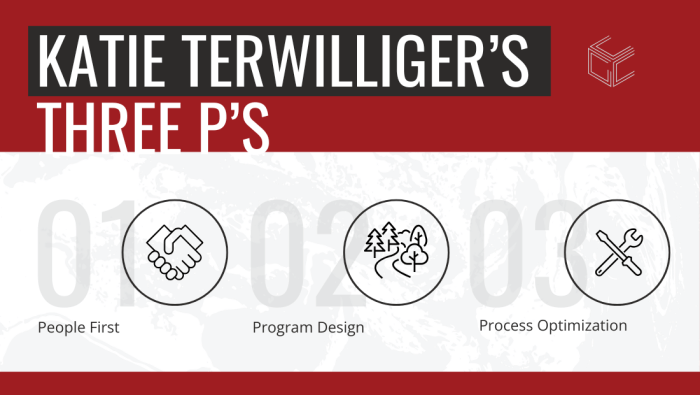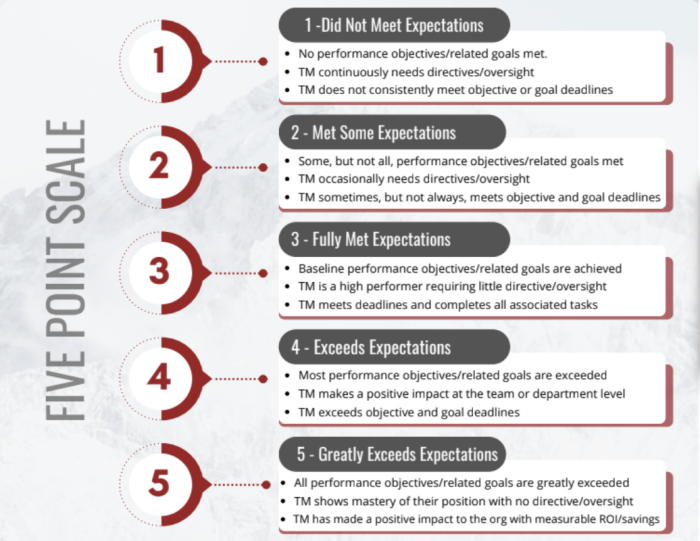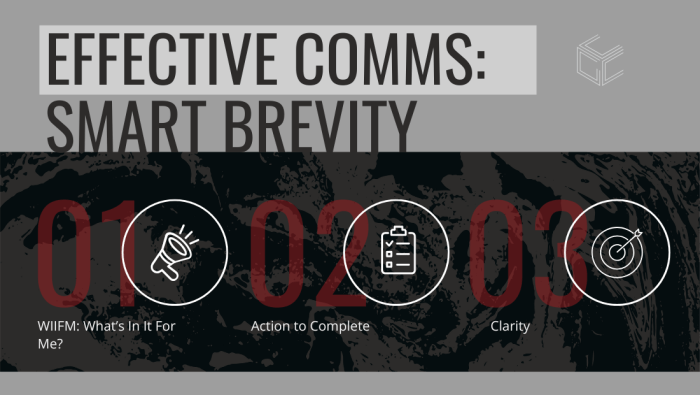Beyond HR: How UX Drives Success in People Operations
Author: Katie Terwilliger – Director, People Operations
When I tell people I work in ‘People Operations’ and they have no idea what that means, it says a lot about how many HR teams work.
To work on a People & Culture team and design programs for people, you have to put people first. Traditional HR structures build on policy and process to create programs that should work for the people they’re designed for, but may fall short if they fail to address key factors.
People are complex, and their needs are wildly different. It’s a challenge to design quality programs that not only give people what they need but are also accessible and easy to use.
Designing for the User Experience (UX) means digging into human psychology and asking, ‘What’s in it for me?’ from all perspectives.
By focusing on the needs and desires of the user, we can form a core foundation for what we’re trying to achieve. Once we have a stable base to build on, we then zoom out to see the larger impact, strategy, and program that will give this team member everything they need. Only after we’ve confirmed the needs of the user and aligned them to our larger program do we come back to processes that are simple and easy to follow. This builds the connection between the people and the program.

KT’s 3 Ps
I follow a strategic workflow when building people programs to ensure success:
- People First: Understanding the needs, pain points, and motivations of your team members is the foundational first step.
- Program Design: Crafting programs that directly address people’s needs and ties to larger organizational strategic goals is second.
- Process Optimization: Third is streamlining the underlying processes to support the program effectively, rather than letting processes dictate the program’s shape. The process must be intuitive and user-friendly to drive change.
At Cardinal, UX design is integral in our core programs to drive the growth, engagement, and success of our team members.
Performance Management
Our team members love a challenge. They want to push themselves and succeed. To do that, they need clear expectations.
Traditional HR creates a SMART goal that’s specific, measurable, attainable, realistic, and timely. That’s all you need, right?
It’s a starting point, but it’s not a clear set of expectations, and that can be frustrating for team members. As a team member, clear is kind. They want to know what is needed, so they can deliver. If the goal is also impactful and collaborative, even better! We identified the need for direct expectations that drive empowerment and ownership for our team members.
For Cardinal’s process, we tied our expectations and the design of the goal directly to the scoring metric. Our scoring matrix of 3/4/5 with associated deliverables for the quarter makes it clear from the start of the goal how to make the biggest impact on team member growth and the organization’s success.

Our scoring matrix focuses on baseline completions (3), exceeding the original goal to expand impact past the individual to the team or department (4), and then outperforming to show mastery, measurable savings, and org-wide impact.
By focusing on the UX, the team member wanting to see their impact to the organization through smart goals, we’ve shown increased quality in goal design by 29% and increased completion rates to 92% as an organization.
By making the team members’ impact clear – through their impact to themselves, their teams, and the org, we are increasing engagement and ownership in their ability to operate independently and expand their skills.
Communication
We follow the style of Smart Brevity; a book by Axios co-founders Jim VandeHei, Mike Allen, and Roy Schwartz; in our communication strategy to be cognizant of team members’ many ongoing demands and responsibilities. Our Smart Brevity approach focuses on why the team member cares about the communication (WIIFM – What’s in it for me?), the direct action to complete, and being as clear and concise as possible.
In our on-the-go world, time and attention are scarce. We start communications with our why and tailor messages to the audience. The ‘why you should care’ is different depending on your role in the org, demographics, and even the type of benefits you need. By making the impact on the individual as clear as possible, we engage attention and move to action.
The action taken should also be clear and concise. Whether that means a new standard operating procedure, changes to benefits, or signing a few forms, we all appreciate direct assignments to complete off our checklist.

Compliance
Compliance is the overlooked cornerstone of HR with federal regulations, state specifics, and accordance with policy. These items tend to be written in technical language, which, though necessary, can be extremely intimidating to team members.
Again, we come back to the UX and people’s experience to ensure accessibility. We need all team members to understand the requirements and provide non-technical FAQs, visually digestible formatting, and extra training resources.
When creating policy, technical language may be required. But we supplement that with overly simple FAQs to address the real needs of Team Members. How does this affect the taxes withdrawn from my paycheck? Should I clock out for team lunches? What’s the difference between a cost-of-living adjustment and a performance increase? These are real-world questions with real-world implications, and we have to make sure we respond in a way that is easily digestible for the real people we support.
With compliance, our goal is to reduce risk to the organization, and that can’t be done without the clear understanding and actions taken by our people.
Which brings us to the last step, integrating the policy requirements into the flow of work as much as possible. That can be done with technology, like adding Spekit tips into complex processes, and process integration to complete forms in their daily operations, instead of adding separate requirements like in our specific licensing agreements to live onsite, completed via the Property Management System instead of a separate PDF.
At the core of successful people programs is the user experience. By prioritizing people, then program and process, we ensure that every initiative is aligned with organizational goals and resonates with individual team members, fostering growth, engagement, and ultimately, success.


